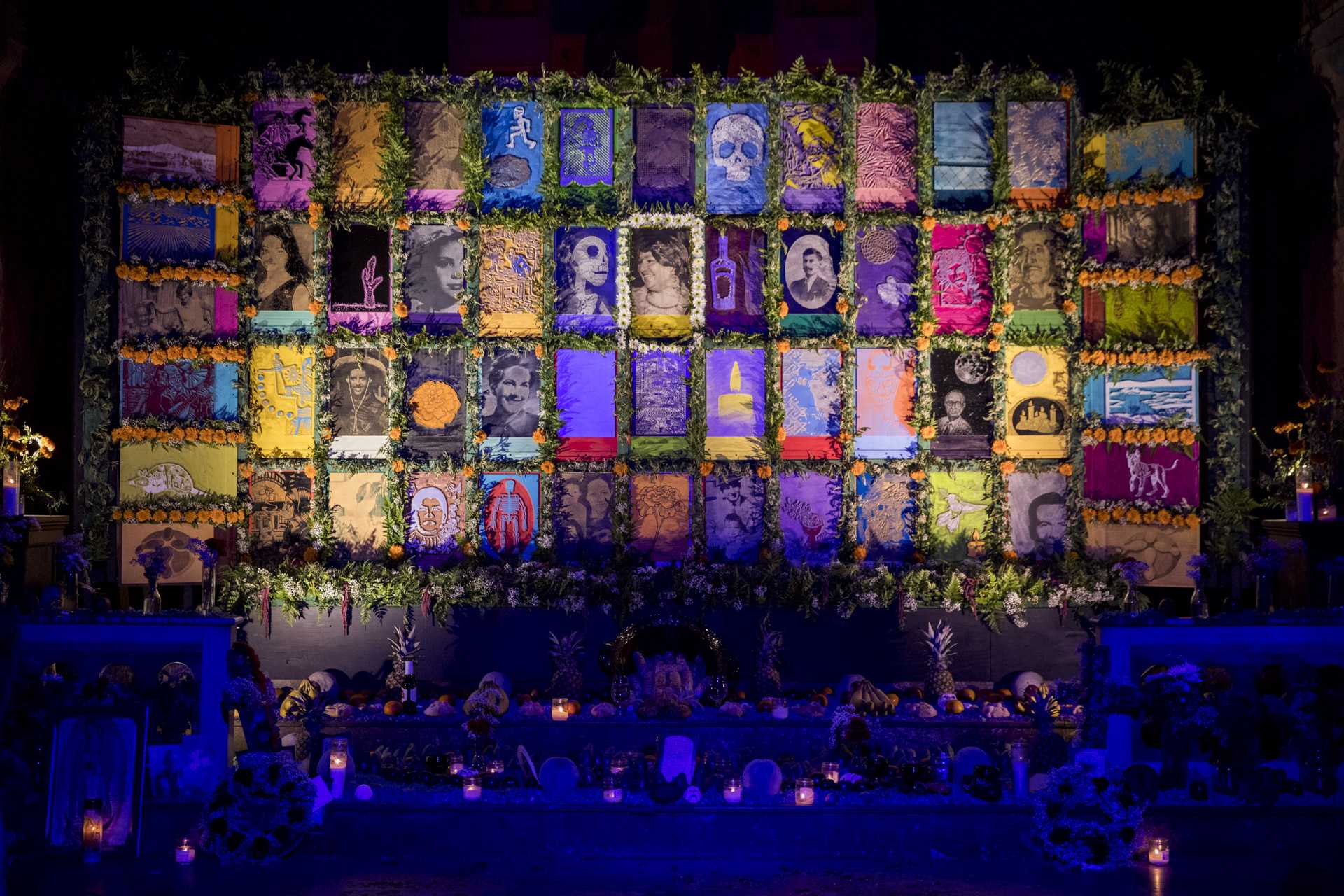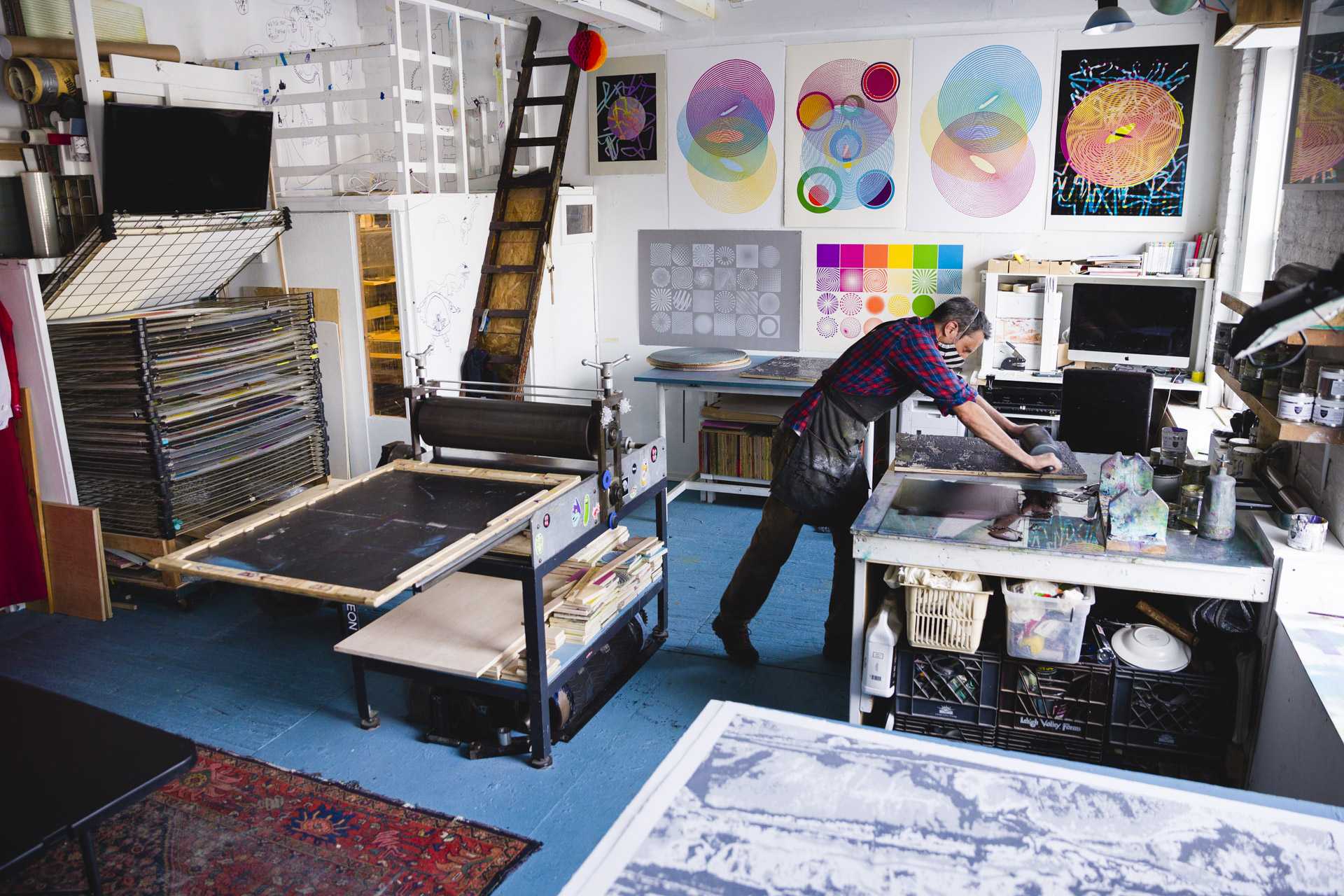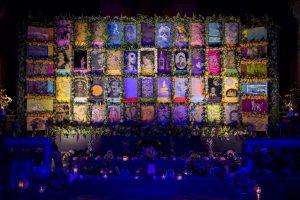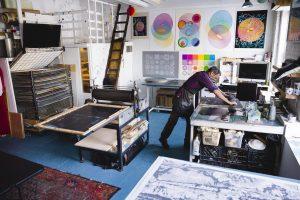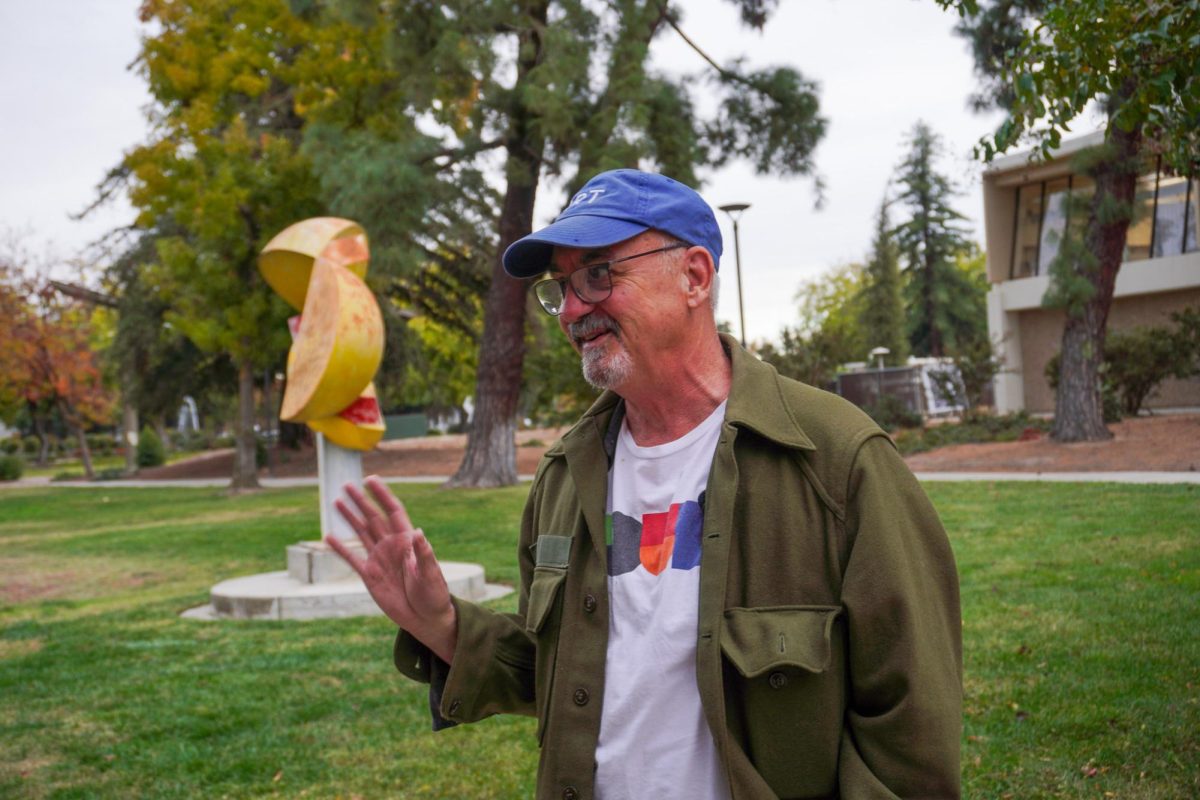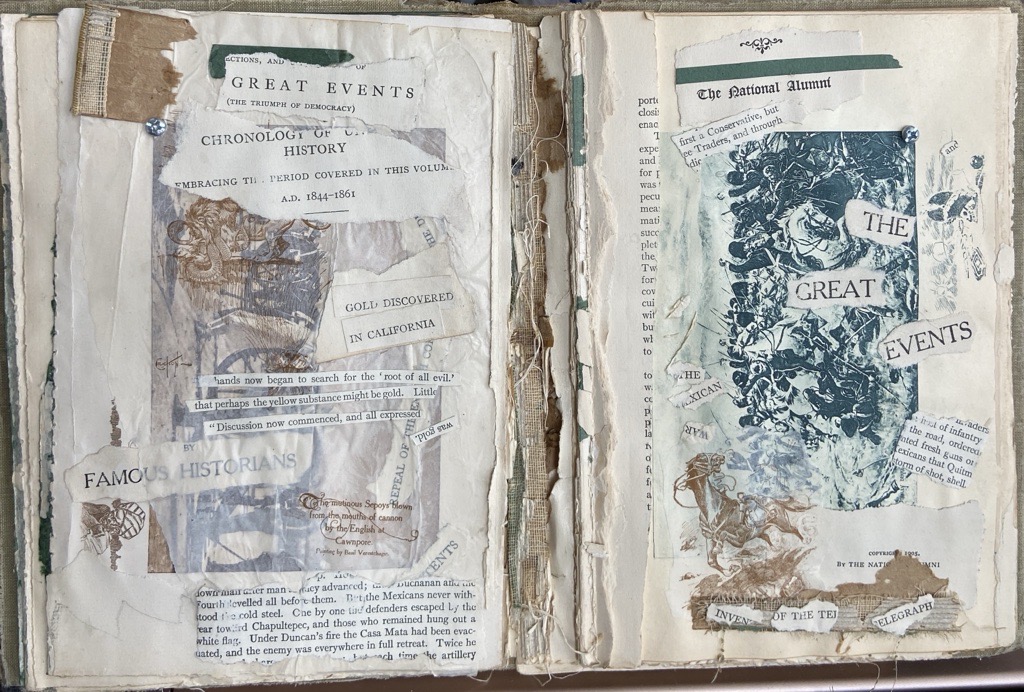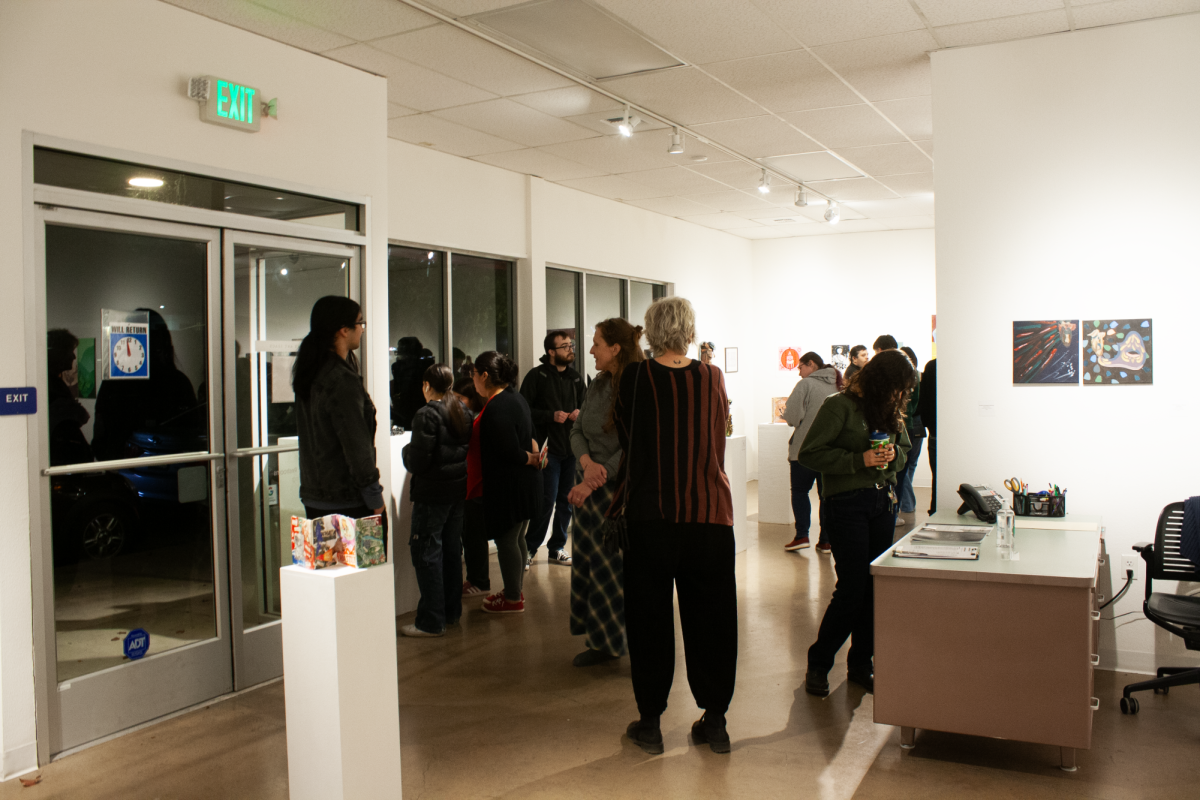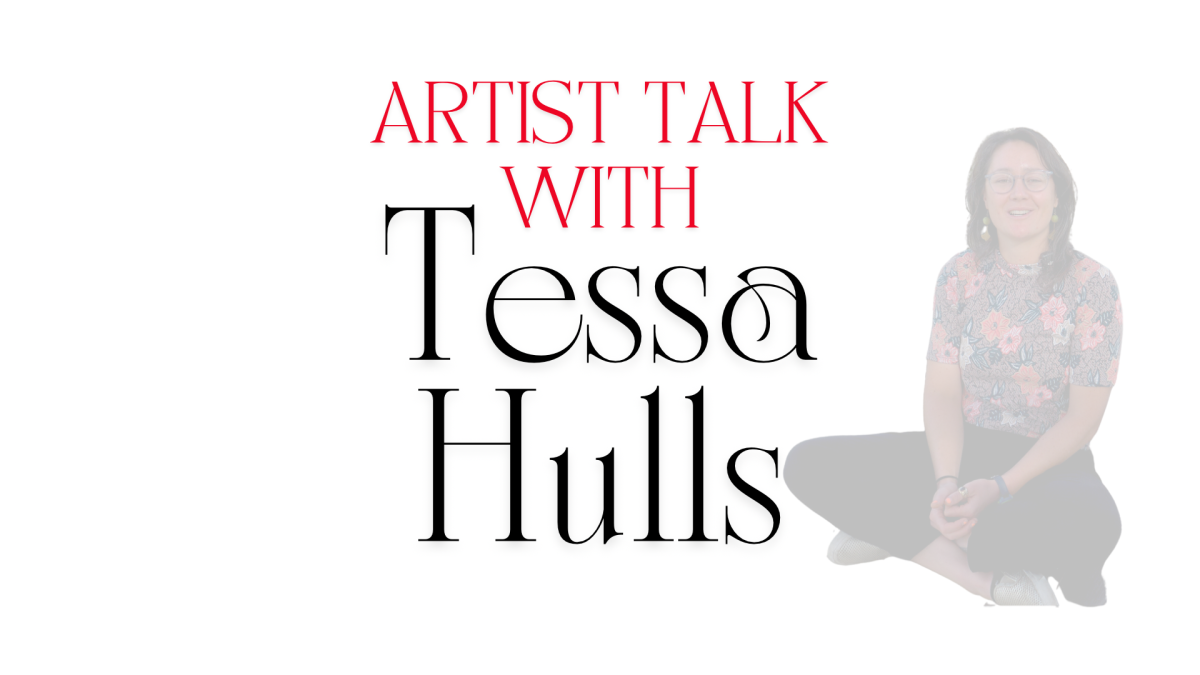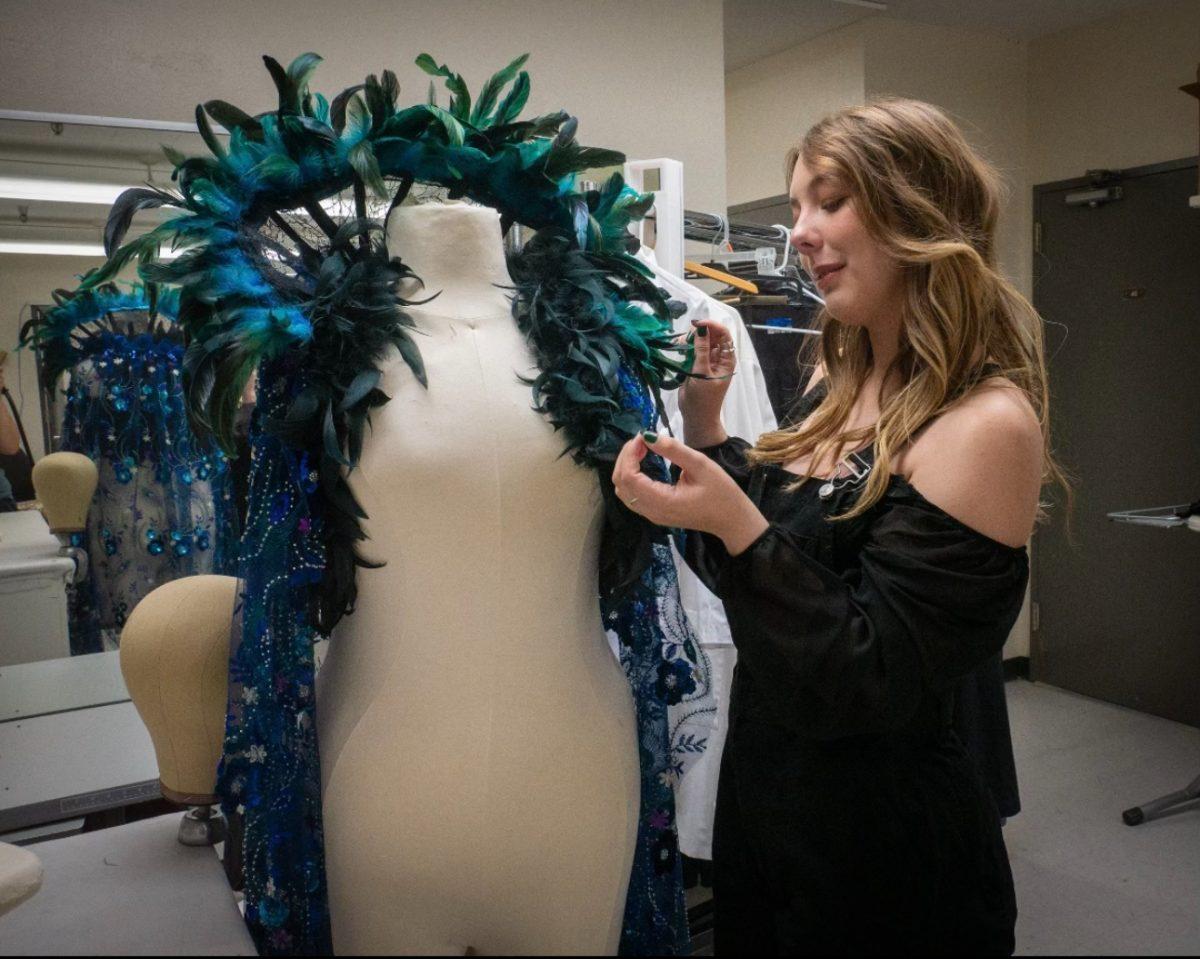On March 23, the Art and Graphic Arts Department set up another visiting artist talk with guest artist Alexis Nutini to share and discuss his art pieces and his experiences with printmaking.
Martin Azevedo, Chair of the Art Department, believes that these events are enlightening to the campus and community members, and be “beneficial for them to see other people’s creative works.” These events have much to offer for not only art majors, but anyone from the community as well.
Azevedo explains that when conducted in-person, the audience of these events would get a hands-on experience, but because of the pandemic, the events are held virtually. Either way, an inside look with these artists and their creative works are set up to inspire the audiences who attend them.
Printmaking
Nutini describes the process of printmaking, and his experiences with every project he worked on. Nutini experiments with relief printmaking techniques, often working with woodblocks and hand carved printing. He uses digital technology called Computer Numerical Control (CNC) to develop his art pieces.
Forming a group of artists
As his career was growing, Nutini took part in a group of artists’ collective, where artists from everywhere joined together to share their art and learn from each other.
Nutini taught these art students printmaking and as a group, discovered galleries and spaces to use where they can share their art. Students can use these types of art groups to get their work out there.
He mentions any artist can do something like this.
“Start it yourself,” Nutini advises. Students can get together and make connections together.
Day of the Dead project
Nutini worked on very collaborative projects, like his Day of the Dead project. The project took a large group of people to make and put together, to celebrate the holiday.
People took their own pictures, paintings, and woodcuts, and decorated them, mainly by printmaking.
Nutini explains his experiences making this project. “What happens in a big project like this is you have to deal with the gallery space right. The institution that’s hosting the [event], you have to navigate it.”
Nutini describes it as a lot of work, and even exhausting, but most of all it is a rewarding experience.
“In the end, I made a lot of new friends. I met new people. I introduced the medium I love to a lot of people that may not have heard of printmaking,” Nutini says.
These collaborative projects, while large and somewhat tedious, offer the best practice for someone in the arts who wants to develop their profession, and even make professional connections.
Teaching during the pandemic
In addition to making a career in printmaking, Nutini works as a part-time adjunct professor at Tyler School of Art, teaching his students about art.
However, due to the circumstances of COVID, the physical use of printmaking and teaching becomes “challenging in a way,” Nutini mentions.
He is able to invite other people to talk and connect to others, but “it is a little bit more effort,” he says.
The learning experiences are not at a loss, as he still teaches his students the use of the digital tools, which will help them develop their skills.
“They are learning about digital tools that are probably going to be the future,” Nutini adds.
“It’s good to learn other ways of doing it,” Nutini says. As long as students leave with something new that they learned, it’s a win.
With art students mainly being away from their resources, students can learn many different ways to polish their skills and still be able to do what they do, like attend more virtual art events, or watch videos about their topic of interest.
Stan State offers printmaking classes in the lower division courses as an introduction to the medium.
It’s a “great class students can take without being in the major,” Azevedo says.
Students who are interested in this medium can take a look at the classes (Foundation Printmaking) and schedules that Stan State offers.
The next guest artist event will be held virtually on April 27. Guest Artist Events | California State University Stanislaus.


